Dubbed “the northern-most Italian city” for its vibrant, almost-Mediterranean lifestyle, the gorgeous Bavarian capital has much more to offer than just beer and folklore
If Munich is consistently voted in the world’s Top Ten of Great Places to Live, it’s for good reason. Nestled at the foot of the Northern Alpine range, this city has everything, and more, to charm its population of 1.5 million and its almost 8 million annual visitors. As an economic powerhouse with high-quality jobs in media, tech, research, life sciences, automotive, and fashion, it is a rich city that understands how to reinvest into future growth. It is a city where a history of agricultural roots meets top university research. It is an El Dorado for artists, creatives, and forward-thinkers. But nothing beats the quality of life that the metropolis by the Isar river, which likes to modestly describe itself as “Millionendorf” (village of a million people).
Most everyone outside Germany immediately thinks of Munich as home to the original Oktoberfest… but boy, are they ever wrong! There is so much more to this effervescent city…. However, we won’t provide an abridged travel guide here (Munich’s visitor portal does a perfect job with that); instead, we’d rather make you discover Munich’s history, its joyous, ebullient lifestyle, and its adorably eccentric population. Never mind its parade of spectacular monuments – it is these elements that make Munich tick.
“Home to the original Oktoberfest” – that part of the statement is actually true. The annual beer guzzle marathon does have its roots here. In 1810, then-Crown Prince Ludwig (later King Ludwig I) married Saxon princess Therese, and the citizens of Munich were invited to attend the festivities held on the fields in front of the city gates to celebrate the happy royal event. The grounds were named Theresienwiese (“Theresa’s fields”) in honour of the newly minted Crown Princess but the locals have since abbreviated the name simply to the “Wies’n”. The original weeklong merriments ended with a horse race that was repeated the following year, complemented by an agriculture show. Thus was born the first Oktoberfest, which actually starts on the third Saturday of September, when the weather is still milder and dryer. 2018 marks the 185th edition, kicking off on September 22.
But there are 50 more weeks in a year, and Munich knows how to make the most of them. Although…. we’ll never stray far from the topic of beer because it has played such a big part in the city’s cultural history, and still does in everyday life. To understand that, let us take you on a tour that spans 1,300 years.
Time Travel back in History
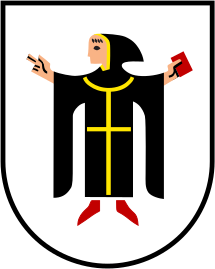 Archaeologists have traced a settlement and proof of agricultural activities on the site of today’s Munich back to the Stone Age. From the 8th century on, the site was continuously inhabited by Benedictine monks. But no formal mention was made prior to 1158. Reigning Duke Henry the Lion had just came up with a clever ruse how to cash in on the thriving salt trade on the Isar river: he destroyed a bridge belonging to the prosperous neighboring town of Freising, and had a new one built 30 km downriver, thus forcing traders from the South to pay toll to use it. This effectively cut off the rival’s revenues. Emperor Barbarossa had to settle the dispute between the duke and the bishop who owned the Freising bridge. The relevant document, issued on 14 June 1158, first formally confirmed Munich’s existence under the name of “where the monks live”. To this day, Munich’s coat of arms depicts a monk, dubbed Münchner Kindl.
Archaeologists have traced a settlement and proof of agricultural activities on the site of today’s Munich back to the Stone Age. From the 8th century on, the site was continuously inhabited by Benedictine monks. But no formal mention was made prior to 1158. Reigning Duke Henry the Lion had just came up with a clever ruse how to cash in on the thriving salt trade on the Isar river: he destroyed a bridge belonging to the prosperous neighboring town of Freising, and had a new one built 30 km downriver, thus forcing traders from the South to pay toll to use it. This effectively cut off the rival’s revenues. Emperor Barbarossa had to settle the dispute between the duke and the bishop who owned the Freising bridge. The relevant document, issued on 14 June 1158, first formally confirmed Munich’s existence under the name of “where the monks live”. To this day, Munich’s coat of arms depicts a monk, dubbed Münchner Kindl.
Thanks to its fertile soil and moderate climate, Munich proved an ideal spot for agriculture, and farmers flocked to the area. Traders and traveling craftsmen from (today’s) Austria, Italy, and even Eastern Europe followed soon, attracted by the town’s flourishing economy. Within less than a century, Munich became boom town, and it has never abandoned that status since. And with its brilliant strategic location at the crossroads of Europe, something else has never changed: from its earliest day through today, Munich has historically been a city where the world meets and peacefully coexists.
Said monks who had been around from the 8th century on, had also traditionally engaged in light agriculture, and the use and sale of agricultural products. That included beer brewing. Beer was produced in the cooler months of the year, and in order to keep sufficient “hop tea” on hand to tide thirsty monks and local citizens over the summer months, the barrels were stored in huge underground vaults to keep them cool. But that alone would not suffice, and so gradually the monks planted chestnut trees above those cellars, which would provide the shade needed to keep the precious brew fresh and palatable. And yes, you guessed it – these grounds are today’s beer gardens, an unmissable part of the Munich way of life. We’ll get back to that later.
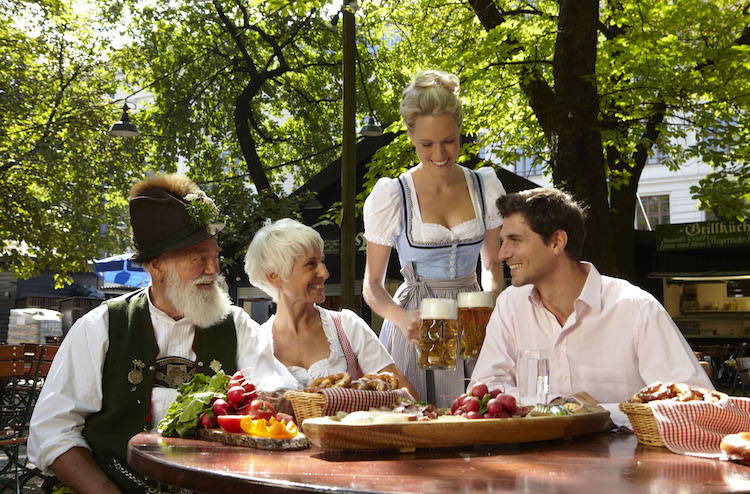
I bi aus Minga („Ich bin ein/e Münchner/in“)
Over the centuries Munich has known highs and lows, but whatever evil fate befell it – wars, pest, cholera, Napoleon, Nazis, and near-wipeout in WWII – it always bounced back better, bigger, stronger and prouder than before.
Located at the nexus of North-South trade and East-West migration, the capital of the Free State of Bavaria has over time developed its own personality, quite distinctively different from that of the rest of Germany. This is reflected in a rich folklore, steeped in tradition, but at the same time immensely progressive. Catholicism has always played a big role in Bavaria, so unsurprisingly Munich is heavily laced with churches, bearing ample testimony. Unlike their cut and dried Lutheran fellow countrymen further North, Bavarian Catholics are tweaking the pillars of their faith the best possible way. You live and let live, and if you’ve stepped outside the prescribed boundaries, you confess and depending on the nature of your sins, get away with a prayer or with writing a cheque for the parish; and voilà, all is well and forgiven, “just try doing better from here on”. By nature, Munichers are tolerant, and behind their grumbling façade (or grantig in Bavarian) are actually quite “grüabig” (cool). All it takes is to sit down with one of them over a “Maß” (beer) and you’ll find out in no time that they really do have “Spaß an da Freid’” (a zest for life).
Yes, you noticed…. Bavarians have also retained a language of their own that even Germans from other parts of the nation don’t readily understand, let alone speak. Forget what you learned in school, here the correct salutation is Grüss Gott and Pfüa’di for hello and goodbye, or simply the all-purpose “servus”.
Tradition is big here, and it’s cool and sexy. Take clothes, for example: the famous “Tracht”, the classic outfit of Lederhos’n and Dirndl is still frequently worn, albeit mostly on festive occasions. And while often laughed at for being a tad reactionary by those the locals lovingly refer to as “Preiss’n” (anyone born north of the Danube river), Tracht is all the sartorial rage in Munich these days. If the fact that every self-respecting fashionista has at least one such outfit in their wardrobe cannot persuade you to try one on, head over to the golden Maximilianstrasse shopping mile where local, French, Italian, and Japanese couturiers are on standby to tend to your preferences. Speaking of shopping, hold on tight to your wallet wherever you go in Munich, because temptation lures around every corner. This is the city that invented the concept of “shopping till you drop” and elevated it to professional athlete status.
A wild mix of Architecture = a uniquely pretty Cityscape
Old and new side by side – that’s the Munich way of life. Architecturally, the city is a hodgepodge of styles that – as contrasting as they are – somehow perfectly fit together to form a uniquely beautiful cityscape.
Luck would have it that Bavarian monarchs were great lovers and Greek and Italian arts and architecture, as for example the trio of Athenian temples on Königsplatz or the elegant line of neoclassical buildings on Ludwigstrasse prove. But there are also baroque and rococo churches galore (if you had only one site to visit, it would have to be Asamkirche in Sendlinger Strasse) or the strange but functional Marienplatz potpourri of a Neogothic “New Townhall”, steps away from the 14th century Old Townhall, flanked by the Alte Peterskirche (RE!-built in 1368) and the twin towers of Frauenkirche (1494), Munich’s defining landmark. Not far from the center, royal residences like Nymphenburg Palace feature all the splendor of baroque. (While you’re visiting Nymphenburg, don’t forget to take a gondola ride on the eponymous canal. It doesn’t get any more romantic than that.)
More interested in contemporary urban style? The Olympic Stadium, built for the 1972 summer games, and the nearby BMW museum are crown jewels of timeless German modern architecture. The Allianz Arena, where the legendary FB Bayern München plays its home games, has been called “arguably the greatest sports stadium in existence”. In Munich, cubism snuggles up to gothic style, and avant-garde art adorns 16th century monuments…. and it works shockingly well. No other city in the world, with the possible exception of Paris, plays the “old and new” card quite the same way.
The Great (Urban) Outdoors
Munich is also a symphony in green. Case in point, the central city park Englischer Garten, lovingly referred to as “our living room” by the locals, is one of the world’s largest public parks. Bisected by a side arm of the Isar, it beckons you to riversurf, row your boat on a romantic lake, bike, chill, barbecue, read, jog, snooze, sunbathe (even topless if you choose), walk Waldi (as the classic sausage dog inherent to Bavaria is typically called here), and of course, visit one of several beer gardens or the Japanese Teahouse here. Countless other parks all help making Munich one of the greenest cities in the world.
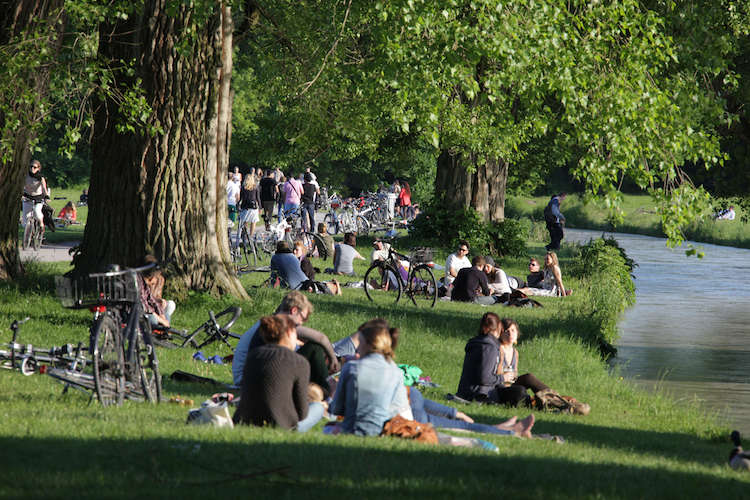
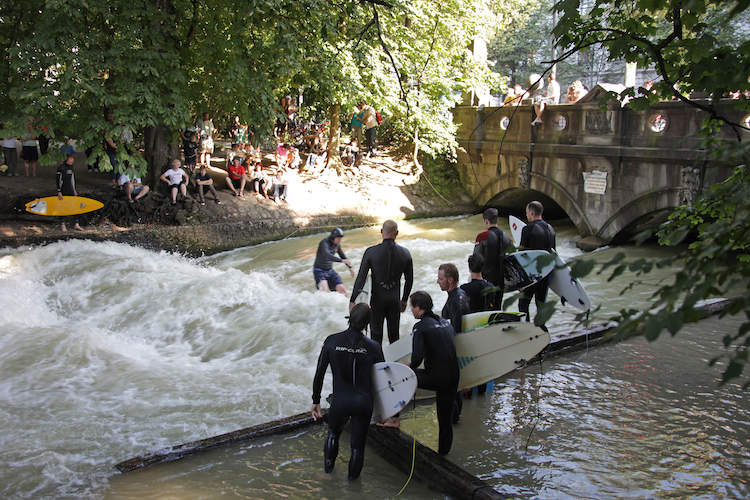
Alright, alright, so we finally do have to revert to the beer gardens which make up a considerable part of all that Munich greenery. If you’ve never been to one, they can intimidate you. Some offer seating for over 1,800 guests! Try finding your date there! Much better to head to one of the smaller and less touristy ones like the utterly delightful Taxisgarten (psssst, insider tip, not that you heard it from us!) or Flauchergarten by the river. And here is a How-to manual for beer garden noobs: first off, you may bring your own food. Although every beer garden sells delicious Bavarian staples like Radi, Obatzda, Brez’n and even pretty decent ribs, locals always arrive with their own goodie basket. Then sit down anywhere – feel free and encouraged to share a table! – and spread your chow. Drinks, however, are to be purchased at the beer garden. Give Weizen a try, the refreshing, low-alc wheat beer which comes in a light and dark version. And finally, simply toast your neighbour and start up a conversation. You’ll have the best time the price of a beer can buy!
Now, we’re not in the business of telling you what to do with your time. But if you were to ask us for a recommendation of an unforgettable, once-in-a-lifetime, outdoors experience, we’d point you to an Isarfloßfahrt. A river cruise, of sorts, on a wooden float, complete with a brass band and a lot of getting wet (and yeah, beer, too, lest you should ask!) It is, in Bavarian lingo, a Mordsgaudi (a lot of fun). There are plenty of organizers of this kind of jolly, so we are not necessarily endorsing the one in the following video, although it does seem they know how to throw a party.
Foodie’s Paradise
Man doth not live by beer alone, or so they say. And luckily Munich has you covered. There are countless restaurant guides whose job it is to educate you on the eaterie du jour, so we will leave this business to them. But there are two places you cannot miss, and luckily they are side by side in Old Town.
If you like a good farmer’s market, head to Viktualienmarkt and be shocked at what farmer’s market Munich style means. Covering an area the size of several city blocks, it is a dizzying array of locally produced and seasonal fruits, veggies, cheeses, sausages, honey, marmalades, pickles, herbs, and whatever other alimentary goodness your heart desires. The vendors are as colorful as their wares, giving the market a unique personality. The colours, smells, and voices all create a spectacular feast for the senses. (And by now we probably don’t have to mention anymore that there is also a small beer garden smack in the middle of the market, you surely figured as much.)
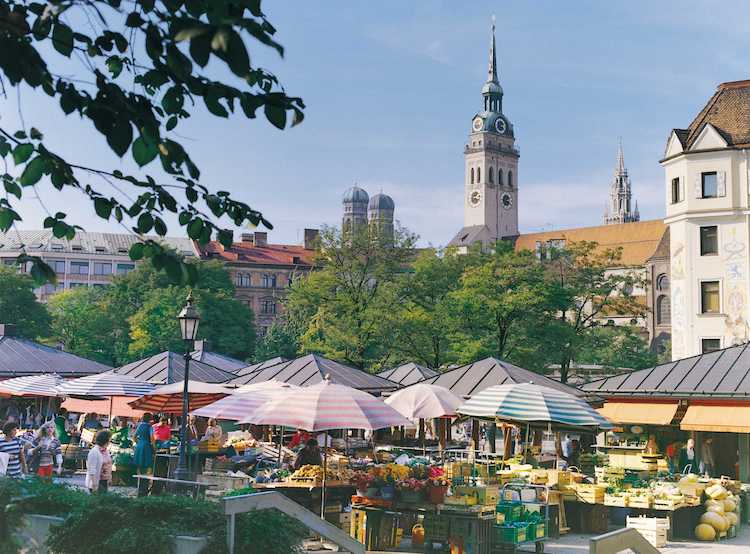
To counter the massive attack of vitamins with some less nutritional but irresistibly yummy fare, stop at Café Frischhut, a (world-famous) hole in the wall across from Viktualienmarkt for an Auszog’ne (aka Schmalznudl or Strietzel). Open from 5 am, their made-to-order donuts help market vendors to start their long day, provide night owls with a delicious snack on their way home, and feed nearby office workers, ambling tourists, and local regulars throughout the day.
Speaking of cafés, and by extension all sorts of places that offer sustenance for hungry patrons, there are more of them than you can shake a stick at. Traditional ones where time has stood still or hip ones that transport you to Mumbai, Tokyo, Addis Abeba, or Cape Town the minute you step through the door. Some lighten your wallet by a modest tenner and others serve up €55 brunches. So, once again, for food recommendations rely on your favorite app or your local friends’ insider tips.
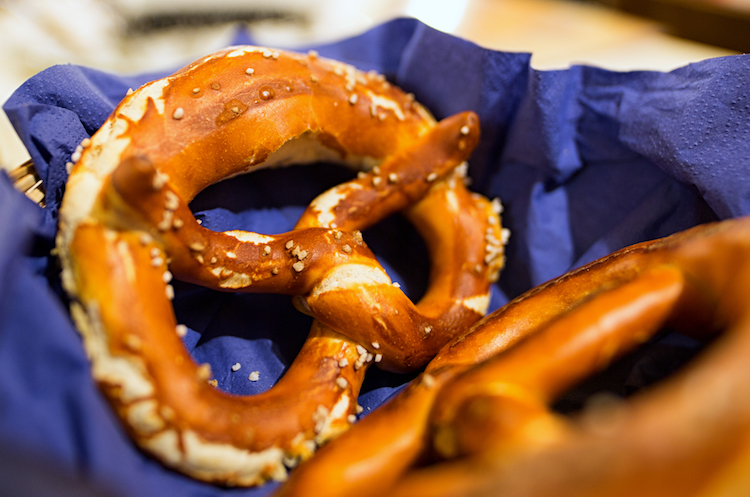
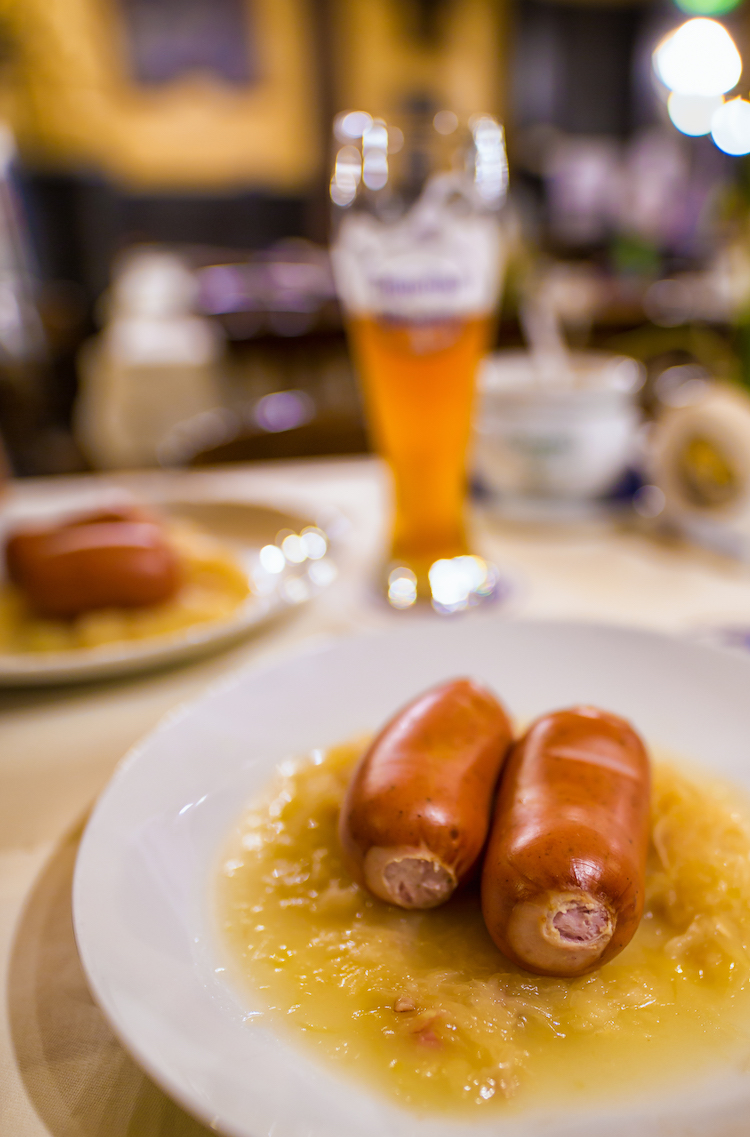
There is, however, one Must place that no serious gourmet can skip: Dallmayr’s. Technically, it’s a grocery store. Well, originally it was, when it was founded 300 years ago. Today, think Harrods’ food hall, just posher, because, well, Munich is rich and doesn’t exactly hide it. Basically a luxury canteen for the well-heeled, it’s worth the splurge for its fabulous people watching (and to be seen). Here is where bourgeoisie and nouveau-riche meets, where sports or music superstar take their dates, where an elegant silver-haired lady in a fur coat springs a celebratory lunch for her granddaughter, the pink-and-purple-haired vlogger, on the occasion of her millionth follower, and where film producers of varying reputation are on the prowl for future talent. A true melting pot of classes, as long as someone in the party has a Black Card to pick up the cheque.
After Dark
Munich has traditionally been one of the hottest places on Earth as far as night life is concerned – at least for those rarefied few who are no one further than one degree from the visiting megastar or royal patron. We Average Joes have to make do whatever clubs, bars, and concerts we are not automatically barred from – but that is still a substantial number, and the night life is still pretty, pretty spectacular.
Schwabing is the in-again-out-again-in-again quarter where most of it happens. Its “Szene” bears not even recommending a single establishment, not for lack of quality but for the fact that hot spots change with lightning speed. In contrast, some places in this part of town have retained their artistic flair they’ve held high since the 1920s, and you’ll find many a hidden gem as soon as you wander off the beaten Leopoldstrasse path. For a slightly more authentic and more laid-back feeling, head over to Haidhausen or Neuhausen, where the Munichers live and go out to their neighbourhood pubs and dance clubs.
A City for Culture Vultures, Museum Freaks, and Festival Goers
Here, we are simply limited to saying that Munich plays in the international top league. No musician or band of renown who wouldn’t come to Munich to perform here. Munich’s theatres feature programmes that rival London and New York but also give new talent room to spread its wings and fly. Some of the world’s greatest classic and modern arts collections have their home here – check out Haus der Kunst, Alte and Neue Pinakothek, or Lenbachhaus, all of which are on the bucket list of the world’s top art critics. Countless brilliant museums cover everything from science and technology to archaeology, or simply curiosity museums. If you plan on a quick dash into Deutsches Museum, rethink your schedule – you’ll need a couple of weeks to explore the world’s largest museum of its kind, with about 28,000 exhibited objects from 50 fields of science and technology.
Another highlight of Munich life are year-round festivals, from traditional ones like the Dult, a kind of mini-Wies’n, which is held three times a year, to artistic events like summer and winter Tollwood, where ecology meets Steppenwolf, in other words, a socially responsible festival tied into ecological issues with a whole lot of fun and world class artists passing through. In December, the romantic Christkindlmarkt helps shorten the wait for Santa Claus. In January and February, of course, there is Fasching, the local version of carnival, which is quite a hoot. Really, you cannot go amiss – whatever time of the year you visit, there is a major event waiting just for you.
Extra Muros – all Season, all Terrain
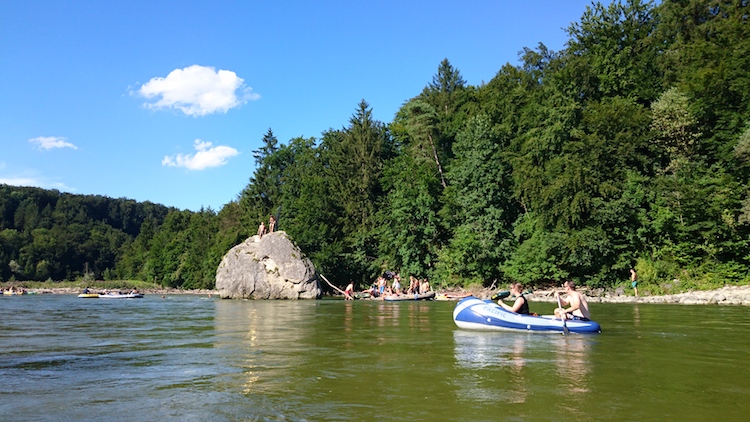
What a blessed patch of God’s green Earth Bavaria is! Set in a bucolic lakeland region of rolling hills, with the Alpine mountain range just an hour’s drive away, its capital’s outlying areas are kitsch picture postcard material where happy cows graze on green pastures under the blue and white sky that provided the Bavarian anthem’s motive. Locals are an active, outdoorsy lot. Here, you can literally go skiing and mountaineering in the morning, surfing and sailing in the afternoon, and dancing at night. Pizza in Italy or apple strudel in Austria… child’s play and never more than a day trip. Venice, Vienna, Strasbourg, Prague and Zurich, are all just a hop, skip and jump away from the “Weltstadt mit Herz” (metropolis with a heart), as are King Ludwig’s fairytale castles like Neuschwanstein and Herrenchiemsee.
Servus nacha!
Munich will never aspire to the otherworldly hipness of Berlin, the Hanseatic nobility of Hamburg, or the elitist poshitude of Dusseldorf. Instead, it is a Best Of… everything. Munich self-confidently features its own brand, that of a city with cosmopolitan citizens who are proud of their traditional heritage, who welcome strangers and travelers with open arms, and who could not be prouder to be a Münchner Kind’l. Your humble chronicler knows, because she is one…. and one that is quite homesick now.
![]()
All photos with special thanks to photographer Martina Schikore except Munich Beer Garden – photo by A Kupka, photo of Muenchner Viktualienmarkt by L. Kasterboth, photos of Englischer Garten and Surfers by Sigi Müller, all courtesy of the City of Munich/München Tourismus. All rights reserved. Muenchen Kleines Stadtwappen via Wikimedia Commons


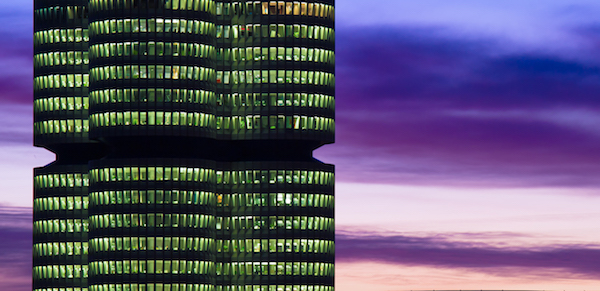

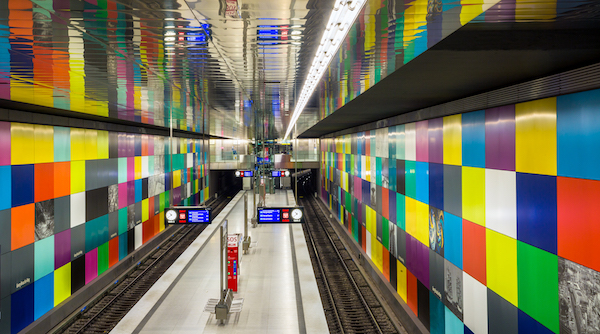
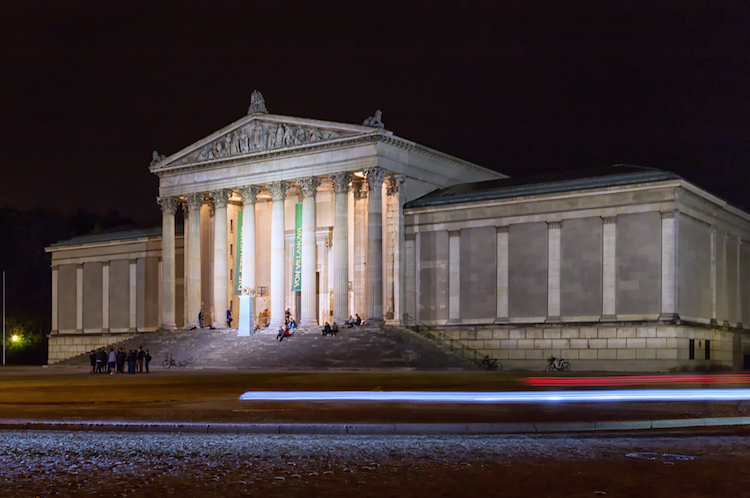
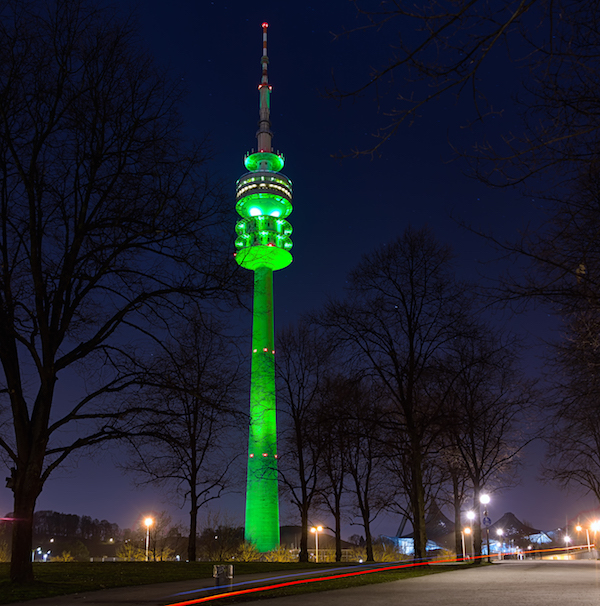
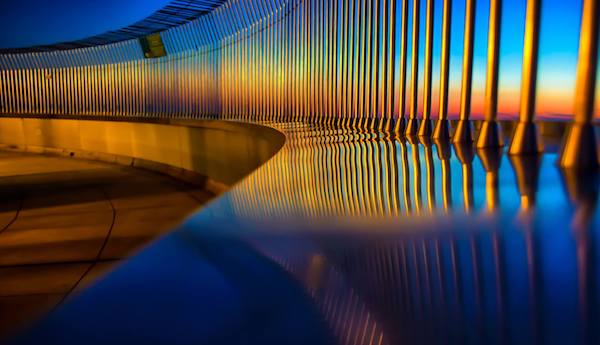
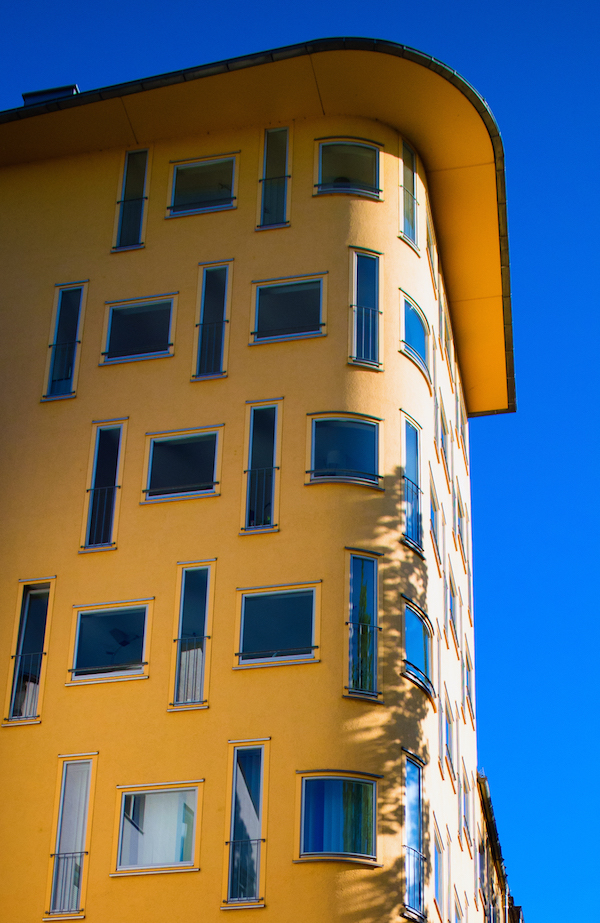
Leave a Reply